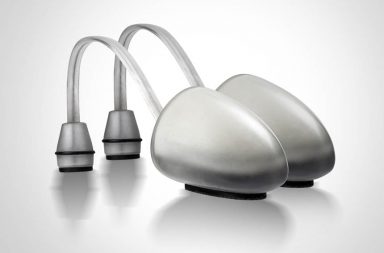In the 19th century, George Bryan Brummel, founder of Dandyism, established the basis of what we now know as the suit jacket. The frugality of its colors and minimalist cut give it the esthetics of cleanliness and simplicity, which for almost two centuries have made it a reference for formality and elegance in men’s wardrobes. This simplicity, however, removes any freedom of choice from men’s style apart from a daringly patterned tie or, perhaps, a different color that in spite of being muted and serious, would be considered adventurous for not being either blue, black or gray. Inevitably, all men will wear similar, if not the same, styles because the suit jacket is so limited with the options it offers that it can hardly be differentiated from a uniform.

It is interesting that simplicity in men’s fashion has remained so static for such a long period of time during which women have seen their silhouette change so dramatically with the loosening of their corsets and appropriation of clothing traditionally considered masculine. All of this, adorned with the flexibility of a seemingly limitless choice of different fabrics, decorations and colors. There are those who justify this difference by alluding to women being more implicated in adornments and care for esthetics while masculinity requires simplicity of dress. It is simplistic and unfair to assume that all women are feminine only because they are women and, of course, that all men must be masculine not only because they are men. We do not chose the body into which we are born, nor de we choose to be condemned to select our clothing under a strict regime with no further justification than, ‘That’s how it’s always been’.

Femininity and masculinity are terms that describe attitudes, not genders. There has always been, and always will be, women with masculine gestures and men who prefer femininity. If sex does not define an attitude, then an attitude should not define sexuality. And this game of new definitions and interchanging roles is what brings us to the New Elegance: 14 iconic outfits from the great designers of the XX century, from Charles Frederick Worth to Alexander McQueen, as well as others such as Chanel, Dior and Balenciaga, reconstructed in men’s suits that don’t scrimp on colors, fabrics and shapes to enhance men’s wardrobe options with a more feminine horizon. “The New Elegance” demonstrates that, while men women’s bodies are different in their shapes and proportions, there is no reason both can’t be free to choose their own colors and silhouettes that don’t adapt to physical body as much as the attitude.













Images courtesy of Alejandro Robledo
If you want to see more from Alejandro Robledo, check out his YouTube channel and Instagram
Translation and layout by Michael Padilla




